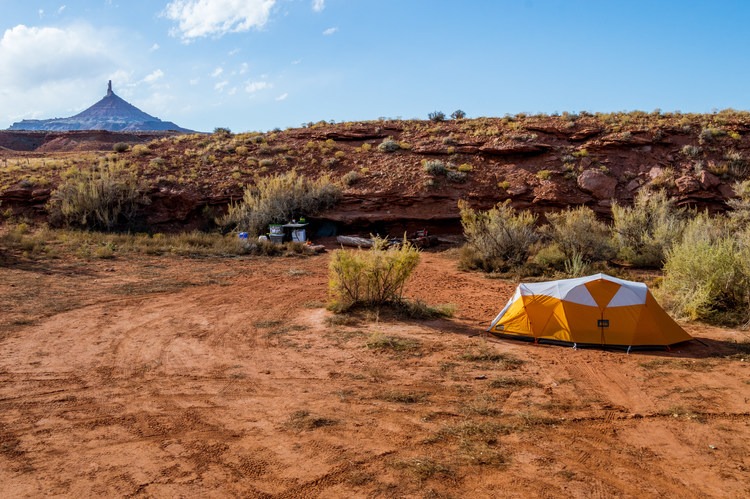What is Dispersed Camping?

If you’re an avid camper or hiker, you may have heard of the term “dispersed camping.” But what exactly is dispersed camping, and how does it differ from traditional camping? In this blog post, we will explore the concept of dispersed camping and what you need to know before embarking on a dispersed camping trip.
What is Dispersed Camping? Dispersed camping, also known as primitive camping, is a form of camping that involves setting up camp in a designated area outside of a developed campground. Unlike traditional camping, which takes place in designated campsites with amenities such as fire pits, picnic tables, and running water, dispersed camping is more rugged and self-sufficient.
Dispersed camping is typically allowed on public lands such as national forests, Bureau of Land Management (BLM) land, and other areas managed by federal or state agencies. These areas may have certain restrictions and regulations, such as limits on the number of people in a group, the length of stay, and the use of campfires.
Why Choose Dispersed Camping? There are several reasons why people choose to go dispersed camping. One of the main reasons is the sense of freedom and privacy that it offers. Dispersed camping allows you to choose your own campsite and set up camp in a location that is more secluded and away from the crowds.
Additionally, dispersed camping can be a more affordable option than traditional camping. Many designated campgrounds charge fees for campsites and amenities, whereas dispersed camping is often free or requires a small fee for the use of certain resources.
What Do You Need for Dispersed Camping? Since dispersed camping takes place in undeveloped areas, it requires a higher level of self-sufficiency and preparation than traditional camping. Here are some things you’ll need for a successful dispersed camping trip:
- Tent or other shelter: You’ll need a place to sleep, and a tent or other shelter is essential for staying safe and protected from the elements.
- Water: Since there is no running water at dispersed campsites, you’ll need to bring your own supply of drinking water.
- Food: You’ll need to bring your own food and cooking equipment, as there are no restaurants or stores nearby.
- Camp stove or fire ring: Depending on the regulations of the area, you may be allowed to build a campfire or use a camp stove for cooking.
- Navigation tools: Since dispersed camping takes place in remote areas, it’s important to have navigation tools such as a map, compass, and GPS to ensure that you don’t get lost.
- Proper clothing and gear: Dispersed camping requires appropriate clothing and gear for the environment you’ll be in. This may include warm clothing for colder temperatures, hiking boots, and other outdoor gear.
Conclusion Dispersed camping can be a rewarding and enjoyable experience for those who are prepared and willing to embrace the challenges of primitive camping. With the freedom and privacy it offers, dispersed camping can be a great way to connect with nature and escape the crowds. As with any camping trip, it’s important to plan ahead and come prepared with the necessary equipment and supplies.
